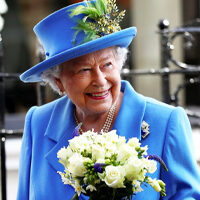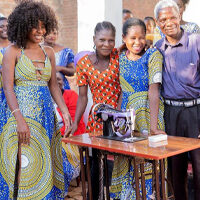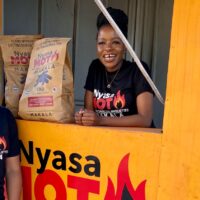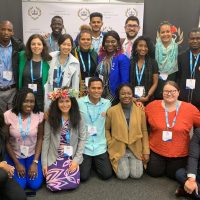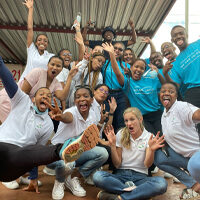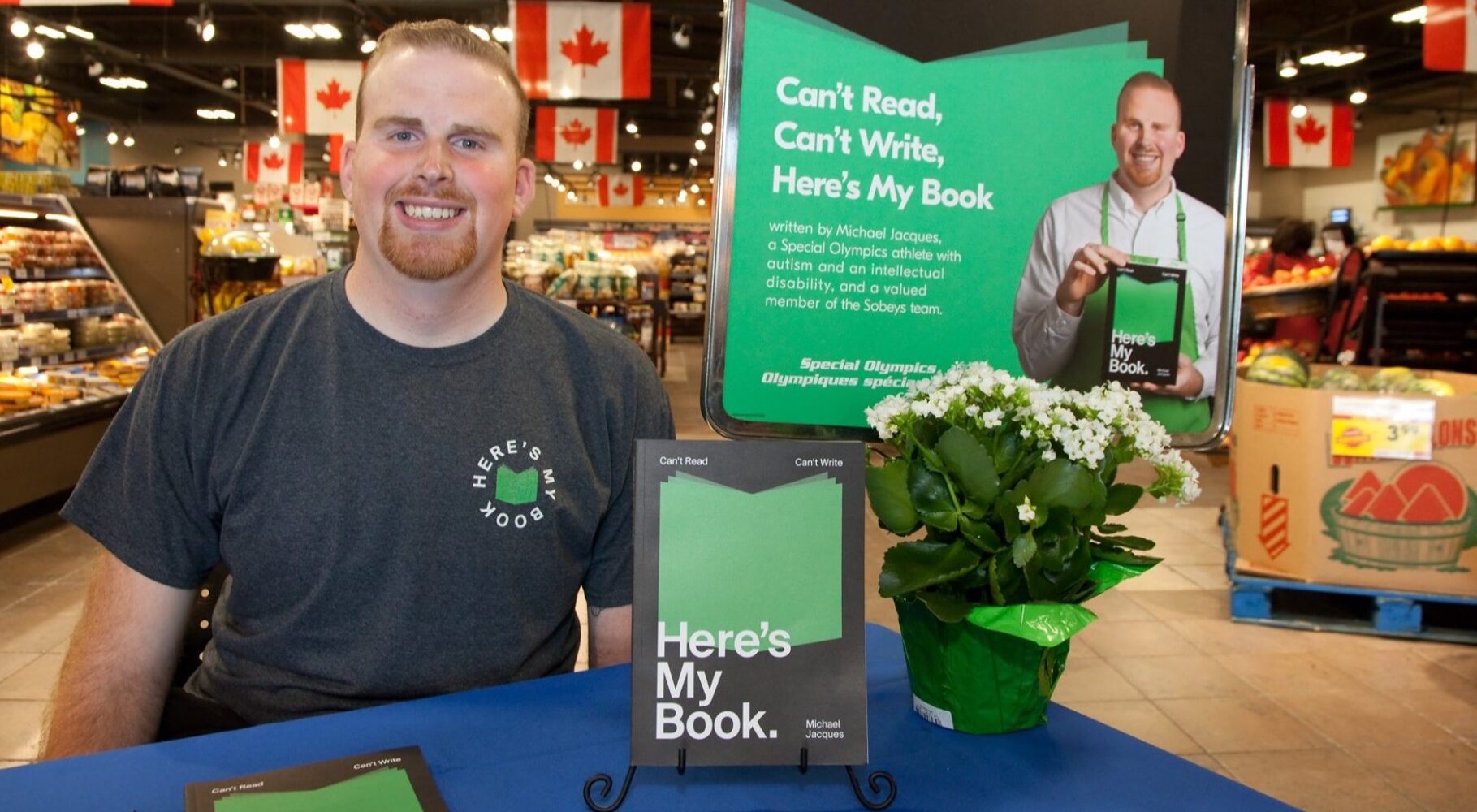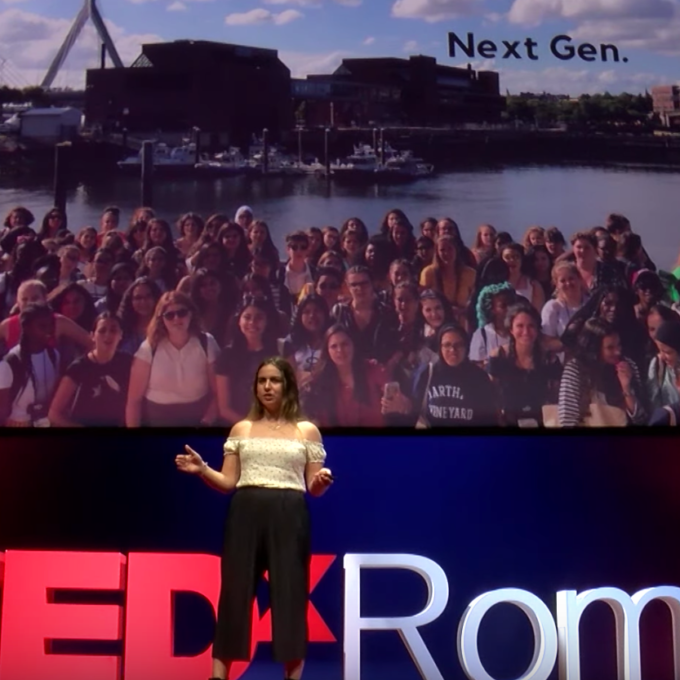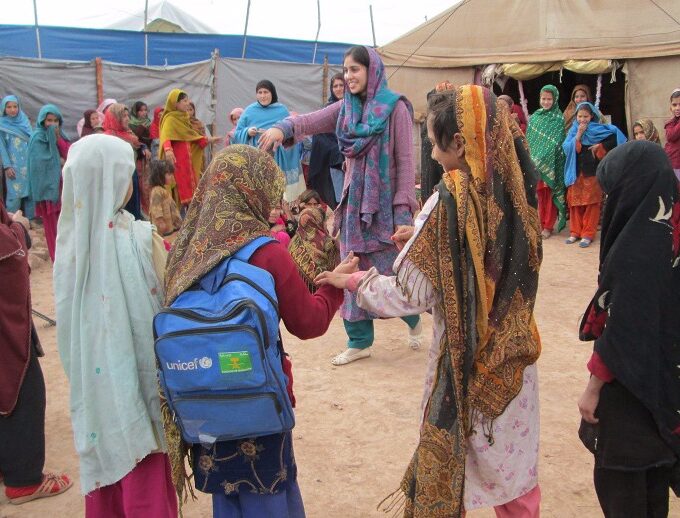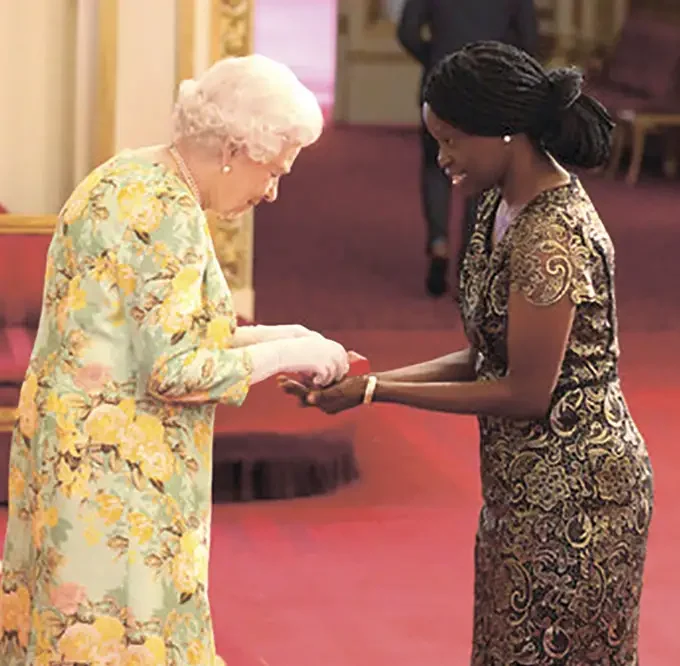By Michael Jacques, author of ‘Can’t Read, Can’t Write, Here’s My Book’
My name is Michael Jacques, I am 28 years old and I have an invisible disability; I have autism and an intellectual disability. I like to use the word ‘challenges’ instead of ‘disability’, because it feels less like a label and more like everyone else. I kind of look like everyone else but I cannot read or write, and I get stuff mixed up like money and time. I am 6’3” and when I was young, I was clumsy and would trip over my own feet. In elementary school at recess, I would never get picked for a team or be picked last because I didn’t understand the rules and if I did, the kids would change them on me during the game and I would get confused. If I was picked for a team, they would lose and think it was because of me, the boys especially. This made me feel sad, so lots of times I walked with staff of the school and sometimes hung out with the girls. I couldn’t understand why being me made school so hard and being different made me feel like I didn’t belong.
As I got older, I really never got invited to birthday parties. I had one good friend that lived next door to me, and we are still best friends to this day. Having even one friend meant a lot to me. It’s hard to have friends when you have challenges because people don’t understand you, and they don’t want to get to know you. My parents always told me I had challenges, but they also told me to focus on the things I could do and reminded me to focus on strengths. I’m proud of who I am, and have thought outside the box and used technology to help me be more independent.
I now want to share my story to educate people on the importance of social inclusion, and to inspire others with challenges that they can do anything they set your mind to. So here it is!
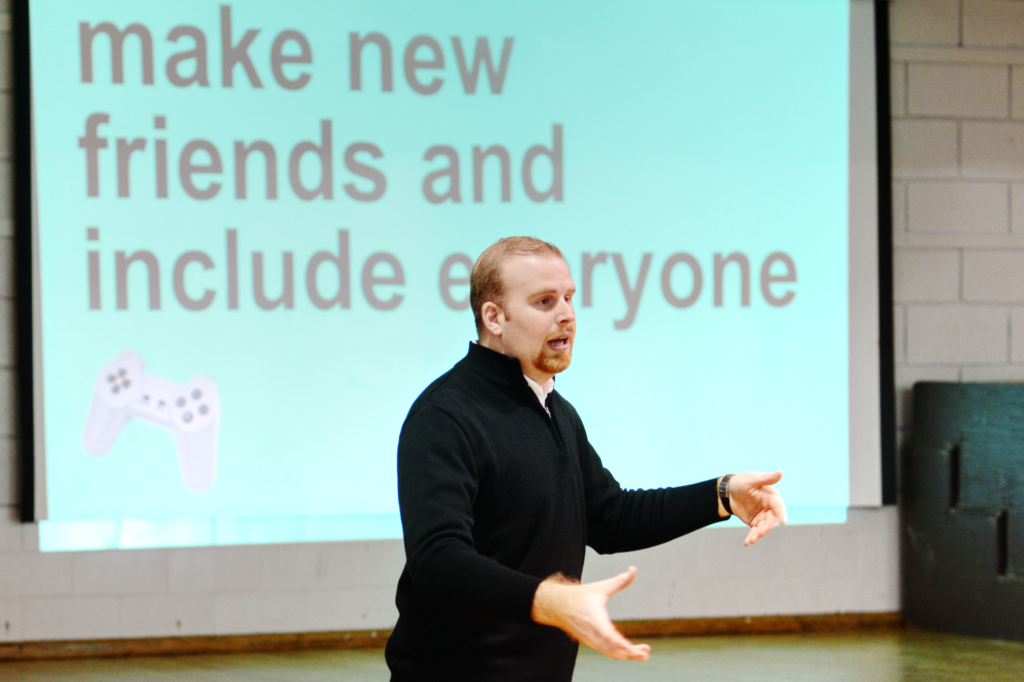
Finding my voice
When I was in grade 7, I started to go to the special meetings at school that talked about my challenges and what the school could do to help me out. I sat there and listened to the adults talk about me. I was scared and really didn’t understand some of the conversations. I continued to go to those meetings right into high school and I started to feel better about the meetings because I started to understand what was happening. At one of the meetings the teacher said that I would not get a high school diploma. That was really hard to hear.
Then, I think it was in grade 10, another teacher told me that she believed I could get a high school diploma, with lots of support and by using technology. She suggested I attend a student conference called Re:Action4Inclusion and it was at that conference where I found my voice and learnt not to be afraid to speak up for myself despite my challenges. I used to be nervous about my speech impediment and that I didn’t always use the right words. But I was learning it was better to speak up than to be silent. It was that year when I first spoke at the special meetings and told my teachers what I needed to get a high school diploma. My parents were very proud of me because I no longer just sat at the meetings and listened, I used my voice to make changes and I advocated for myself.
Usually it takes 4 years to get a high school diploma, but it took me 7 years because I needed help. I used technology, I did oral presentations, I took courses more than once, I got help from staff and students, and I took less courses each semester. It might have taken longer, but I didn’t care. I had done it.
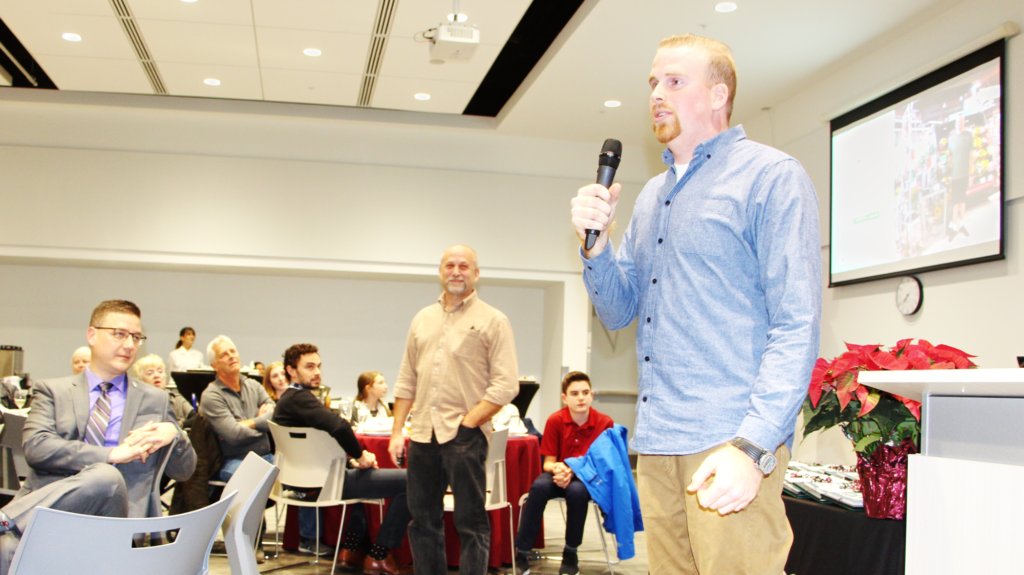
Fighting for a more inclusive world
After I found my voice, I started to talk about authentic inclusion in my high school. I spoke to the principal and staff and asked if we could make my high school more inclusive. I was able to get individuals with challenges onto the student council, and began to make sure individuals with challenges were represented in sports and the yearbook. I became a role model for the students with challenges and did my best to make sure we were included in high school life. I started to do a few community presentations in high school talking about my life and the importance of inclusion. I received an inclusion award from the community I live in and that was really cool.
When I was younger my parents got me involved in local sports like soccer and basketball. Being clumsy and not really understanding the rules of the game, I got frustrated and the other children really didn’t want me on their team. I even think some of the parents did not want me on the team. It seemed like everyone only wanted to win. I was 13 years old when I started Special Olympics in my community. I play baseball and basketball and have lots of fun with the other athletes. We are a team and support each other and it feels good to be part of a community who believes in you. As I got older, I got physically stronger, healthier and gained more confidence and leadership skills. I have even gone to the provincial games and won a bronze medal in basketball.
After high school I was asked to sit on the board of a local agency called Community Living Welland/Pelham that supports people who have challenges. We meet once a month and I share my perspective with the other board members to make positive changes about authentic inclusion in my community. I am now the secretary of the board which is funny because I can’t read or write, but they actually have someone else that does that part.
I am also a board member of a provincial organization called Community Living Ontario. They help individuals that have intellectual disabilities like myself. I was elected to the position and this past year I was elected as Vice-President of the Board. I am glad to be one of the voices at the meetings because I want to help people like me. I want a more inclusive world and I think everyone should volunteer in their community.
Lastly, this year I was appointed, by the Education Minister, to MACSE (Minister’s Advisory Council on Special Education). It’s a provincial Council that advises the Minister on matters related to Special Education. This is another opportunity for me to share my voice and perspective with individuals that can make positive changes in our society.
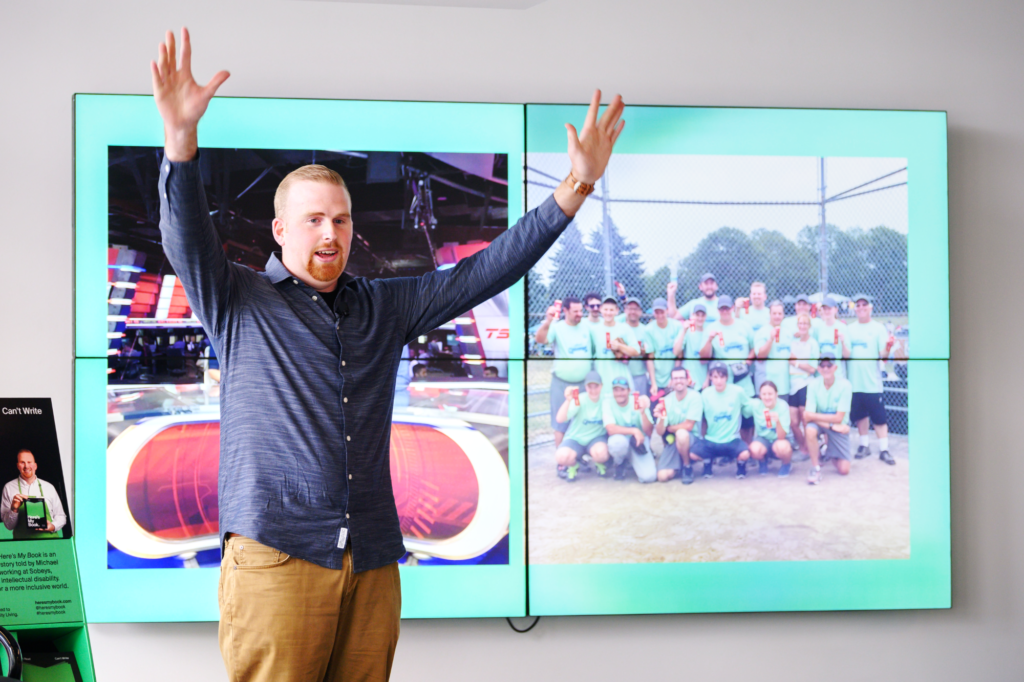
The start of my writing journey
Most of these experiences guided me to writing a book. I started to write my book when I was 21 years old. I didn’t want to forget what was happening in my life, so I started a journal. I was learning a lot about myself and how others saw me, and I wanted to document that. At the beginning, my journal was about basic stuff in my life, but near the end I started talking about more important things like authentic inclusion and how anything is possible if you believe in yourself. I also talked about volunteering in my community and how it is important to give back. I talked about the importance of working and feeling like a member of society.
To write the book, because I can’t read or write, I used my iPad speech-to-text technology. Basically, I spoke into my iPad and then I would have Siri read it back to me. Technology is great and because of it I now have a book, but technology is not always perfect. My parents didn’t know I was doing it and I wanted to do it on my own to be more independent and to show what I’m capable of. I sometimes have problems speaking clearly so I was getting lots of mistakes using the speech-to-text, so I would try to fix it myself. Sometimes I would delete all of the writing and start over. An example of a mistake would be when I said “exactly”. The iPad wrote “Zack Lee”. That was frustrating but I didn’t give up. Sometimes it would take me an hour just to get a half page of words.
I worked on my journal for about 5 years until one day my sister Kaila came home and asked to go on my iPad to watch Netflix. She’s an older sister, so she snooped through my iPad and stumbled upon my notes. She read everything about herself first and then asked me what I was doing with all the notes. I was never able to read a book because I can’t read or write so I said: “I think I would like to write a book”. And she said: “well let’s do it!” And that’s how it all started.
My sister Kaila is a Graphic Designer, and I knew she could help me. We started the process with a planning meeting. At the meeting we decided that my book would be an autobiography, that it would have 10 chapters, it would be highly visual, and I would be self-published. Kaila hired an editor to help with my story. The editor did a great job and she asked me to write more about my life when I needed to elaborate on things or add how things made me feel. Then my sister asked ten of her friends, who are artists, to read a chapter and draw a picture to reflect the chapter. When you see my book, you will see that at the start of each chapter there is a big picture. I look at the picture and I know what the chapter is all about. My sister also added small little pictures next to some of the paragraphs. This helps me know what that paragraph is talking about, not word for word, but the story, so if people want to talk to me about my book and point at a paragraph, I can look at the picture and talk about it. I also have a great memory.
When my book was printed in June 2018, we had a party in Toronto. Family and friends came to support me at the book launch. I was so excited to have so many people there to support me. I didn’t know how big my book would be because I really just wrote it for me. To prove I could do it.
Becoming a published author
So now I’d written my book, it was time to share it with the world! My sister designed my website (called heresmybook.com) so people could buy my book and contact me. She also posts lots of pictures of me and we make short video clips of her and I talking about my book. My boss at the Sobeys store I work at allowed me to sell my book at his store. Customers started to buy my book and then I got more requests to do presentations to talk about my book and life. I even started to do interviews on the TV as well as on the radio and in newspapers. My story was being heard by many and I was realizing that I was talking about very important topics in my book.
Later, the head office of Sobeys found out about my book being sold at my local store. They asked my family to meet with them at their head office. At the meeting they wanted to see if we would be interested in allowing Sobeys to sell my book in all their Sobeys stores in Ontario and on the East coast of Canada. Of course, we said yes! Sobeys is very supportive of me and individuals like me. I am so happy to work for them. They see me as Michael, not a person with a disability.

I’ve now sold nearly 7,000 copies of my book. I donate a portion of the proceeds to Community Living Ontario and Special Olympics Canada because these organizations are a big part of who I am. I’m traveling around the province doing presentations to students of all ages, agencies, public and private organizations and to educators and parents. I share with them my life story through speaking about my book. I’m showing anything is possible; I’m changing the narrative around what it means to have a disability and I’m talking about the importance of inclusion. I try to inspire everyone to focus on what they can DO! I did it, I can’t read or write but I wrote a book!


